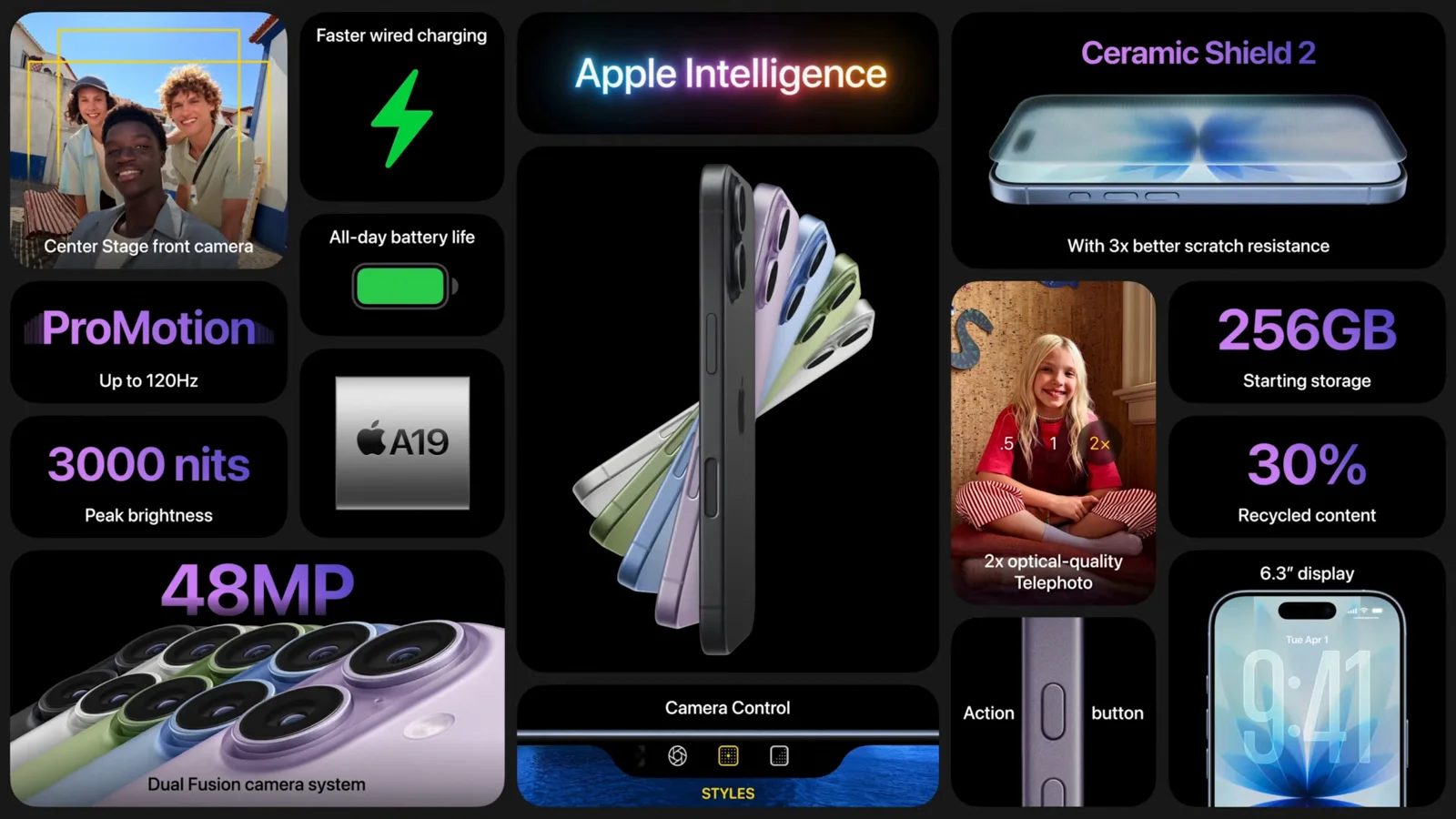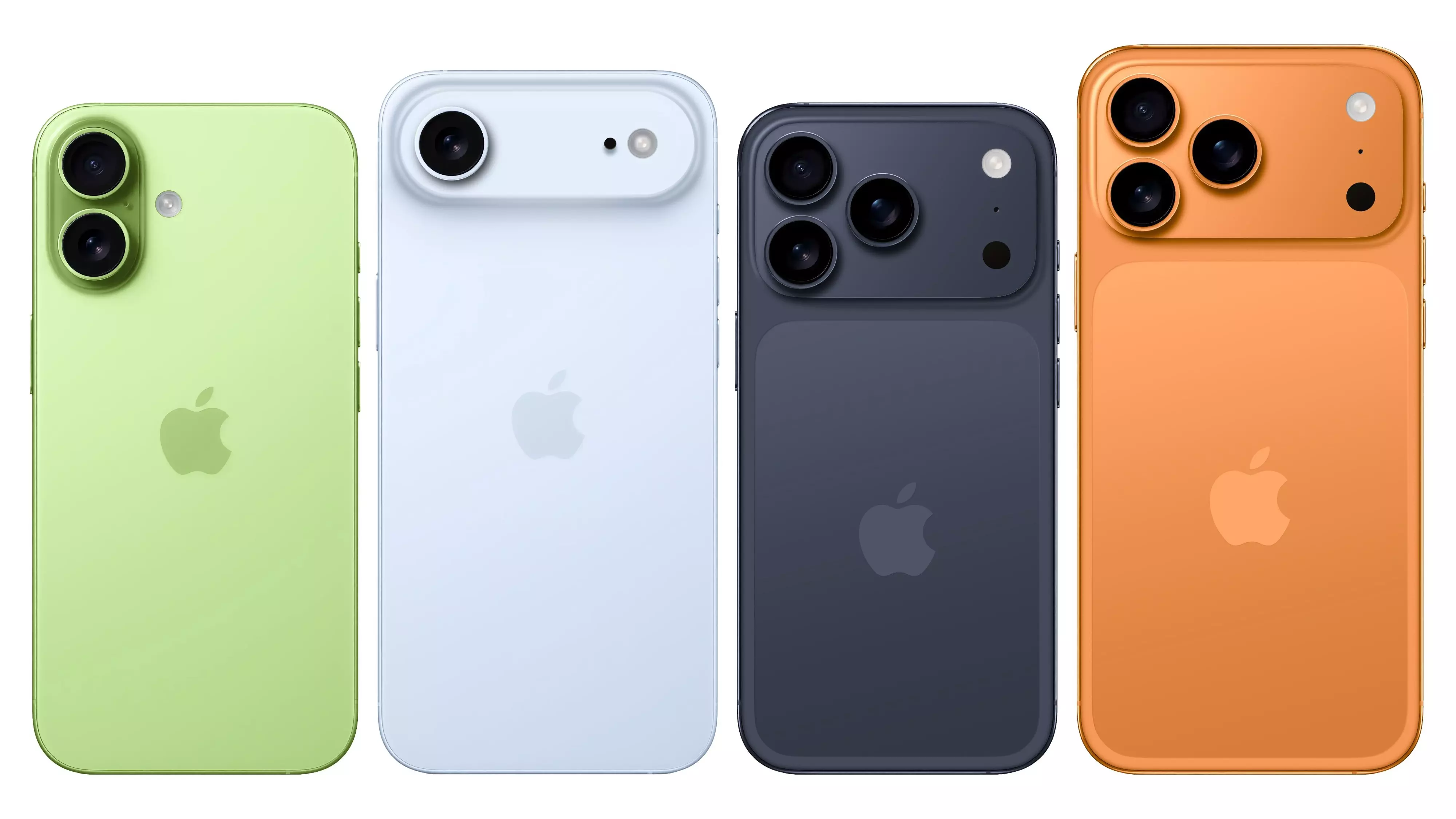iPhone 17: Has Apple Finally Lost Its Magic?

The Myth of Apple’s Magic
Apple’s annual iPhone launch has become a cultural event, inspiring massive lines at Apple Stores and headlines around the globe. Year after year, the company promises “one more thing” that will redefine smartphones. But with the iPhone 17, many fans and critics are asking: has Apple finally lost its magic?
In this article, we’ll unpack the rumors and confirmed details of the iPhone 17 series, weigh Apple’s incremental upgrades against fierce Android competition, and explore whether the brand’s innovation engine is slowing down.

iPhone 17 Lineup Overview
The iPhone 17 family comprises four models: the standard iPhone 17, the ultra-thin iPhone 17 Air, and two Pro variants—iPhone 17 Pro and iPhone 17 Pro Max (also rumored as “Ultra”). All models feature ProMotion 120Hz displays, Wi-Fi 7 support, and Apple’s in-house modem chip.
Unlike previous years, Apple has shifted away from a “Plus” model, replacing it with the 17 Air—a design-first device that promises flagship features in an impossibly slim chassis. This lineup highlights Apple’s ongoing strategy of tiered offerings but also raises questions about whether the company can still deliver headline-grabbing innovations.
Design & Display Innovations
The most striking change in the iPhone 17 Air is its record-breaking thinness—just 5.8 mm. Apple achieved this through high-density battery tech and a refined antenna design. Meanwhile, the Pro models retain a more robust feel but shed bulk with slimmer bezels and a matte anti-reflective finish optional on Pro variants.
All four phones use OLED panels sourced from Samsung’s M14 series. The standard iPhone 17 grows to a 6.3-inch screen, while the Air sits at 6.6 inches without adding heft. ProMotion’s adaptive refresh between 10Hz and 120Hz ensures smooth scrolling and better battery efficiency—a feature Android flagships mastered years ago, but better late than never for Apple.
Performance & Connectivity Upgrades
Under the hood, the iPhone 17 Pro and Pro Max sport the new A19 Bionic chip. Benchmarks show a modest 10–15% CPU and GPU performance gain over the A18. The standard 17 and 17 Air rely on a slightly dialed-back A19 Pro chip with one fewer GPU core, balancing performance and heat in an ultra-thin frame.
Connectivity gets a boost with Apple’s proprietary 5G modem and the long-awaited Wi-Fi 7 standard. Download speeds of up to 5 Gbps are now possible at home and in public hotspots. Bluetooth 5.4 and UWB (Ultra Wideband) 2.0 further improve device-to-device transfers and precise AirTag tracking.

Camera Enhancements
Photography fans will appreciate the jump to 48 MP Fusion Main and Ultra Wide sensors across the lineup—double the resolution of last year’s models. The Pro variants add a 12 MP periscope telephoto lens with 5× optical zoom, closing the gap with the best Android cameras.
Image processing sees upgrades too. Apple’s computational pipeline now leverages a second-generation Neural Engine in the A19 Bionic, improving low-light detail and speeding up Smart HDR 6. Night mode is more reliable, and portrait shots benefit from finer edge-detection. Video recording offers 8K at 30 fps, plus a new Cinematic AI mode that auto-tracks subjects.
Software & Apple Intelligence
The iPhone 17 launches with iOS 26, featuring deep Apple Intelligence integrations. Real-time translation in Messages and FaceTime has arrived, along with on-device text summarization for long articles. Siri’s voice recognition accuracy reportedly crosses 95% in noisy environments.
New AR features leverage the LiDAR scanner on Pro models, enabling precise room mapping and realistic virtual object placement. Developers gain expanded VisionOS API support, hinting at tighter ties between iPhone and Apple’s upcoming XR headset ecosystem.
How Android Rivals Are Catching Up
Despite Apple’s refinements, most “new” iPhone 17 features—120Hz base displays, Wi-Fi 7, 12 GB RAM in Pro, telephoto zoom—have been standard on premium Android devices for months. Android brands like Samsung and OnePlus delivered similar spec packages earlier in the year.
Battery capacities remain conservative: the iPhone 17 Air’s 2,800 mAh pack underwhelms compared to Android phones offering 4,500 mAh. Fast-charging still caps at 30 W wired and 15 W MagSafe, leaving rivals charging twice as fast. In many respects, Apple is playing catch-up rather than leading.
Where Has the “Magic” Gone?
Apple’s magic has always been more than raw specs—it’s the seamless hardware-software integration and user-focused features. But with the iPhone 17, the wow moments are scarce. Incremental camera bumps and thinner bodies don’t evoke the same excitement as the original iPhone’s multitouch or Face ID’s debut.
The lack of a truly headline-grabbing innovation—a foldable form, revolutionary battery tech, or breakthrough health sensor—leaves fans longing for the “one more thing” of old. In 2025, Apple’s announcements feel safe, predictable, and financially driven rather than passionately innovative.
Early Feedback & Market Reaction
Initial pre-order data suggests strong interest, but not the frenzy of past years. Some Apple Store queues are shorter, and carriers report a higher share of Android-to-iPhone switchers than repeat upgraders. Reviews praise build quality and software polish but note the “been there, done that” feel.
Analysts predict flat growth for Apple’s smartphone revenue in Q4 2025, a rare pause in the company’s history. While loyalists will upgrade eventually, many casual users may hold off until Apple unveils a truly transformative device—maybe a foldable iPhone or AR glasses.
Conclusion: The Future of Apple’s Spark
The iPhone 17 lineup is solid, reliable, and well-crafted—but it isn’t magical. In 2025, Apple seems content refining rather than revolutionizing. To rekindle its leadership, the company must once again take risks: pioneering form factors, radical battery solutions, or health-centric sensors.
For now, the iPhone 17 is an evolutionary step, not a generational leap. If Apple wants to reclaim its status as the pace-setter in smartphones, it must remind us why we fell in love with the iPhone in the first place.
Enjoyed this analysis? Share your thoughts below and follow us for more deep dives into the latest tech trends.

Nothing here yet

Joyal Baby
04 November 2025• 4 min readExplore a treasure of technical blog posts on Android, Big Data, Cloud, Python, and More!
© 2025 Nervo Tech. All Rights reserved.